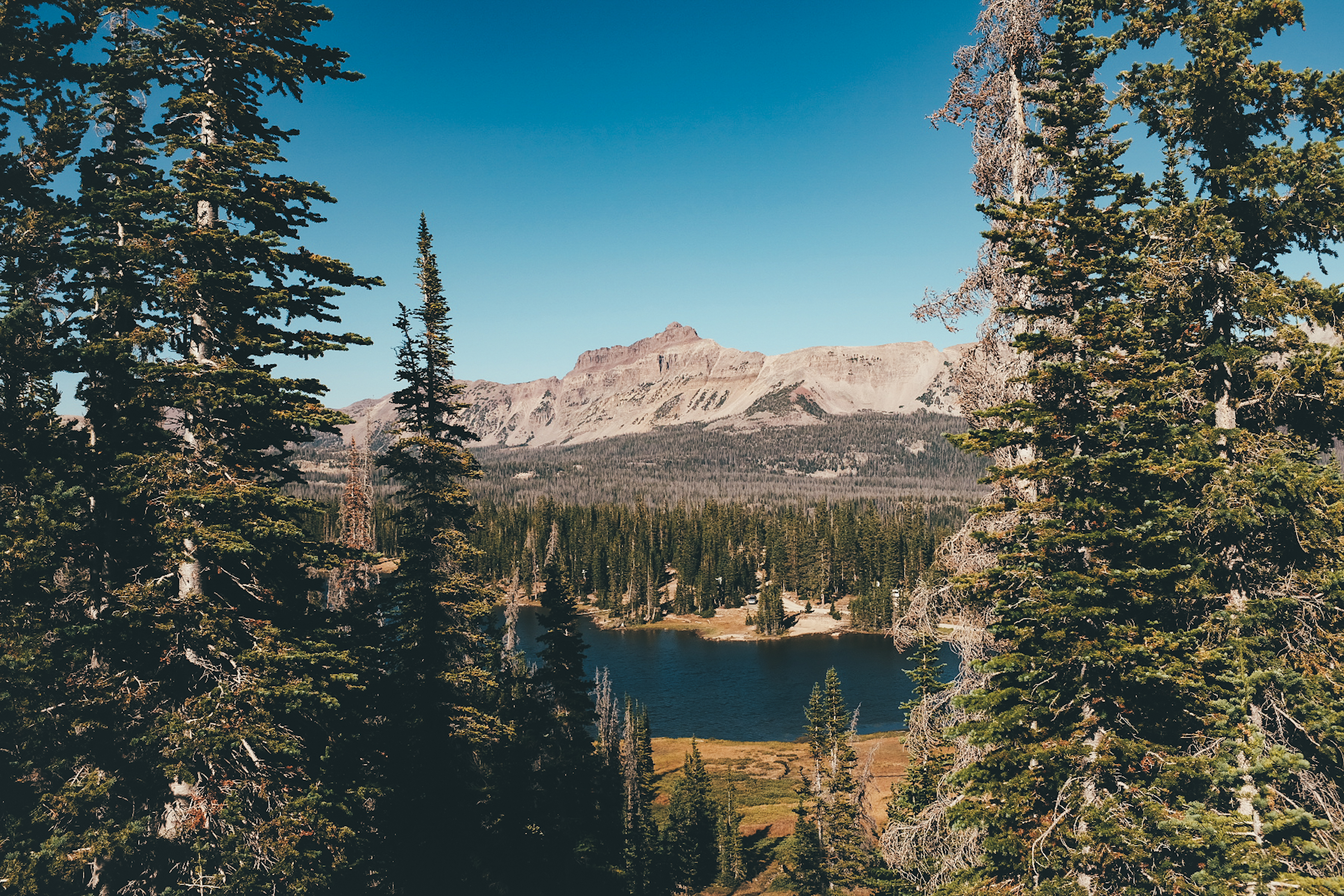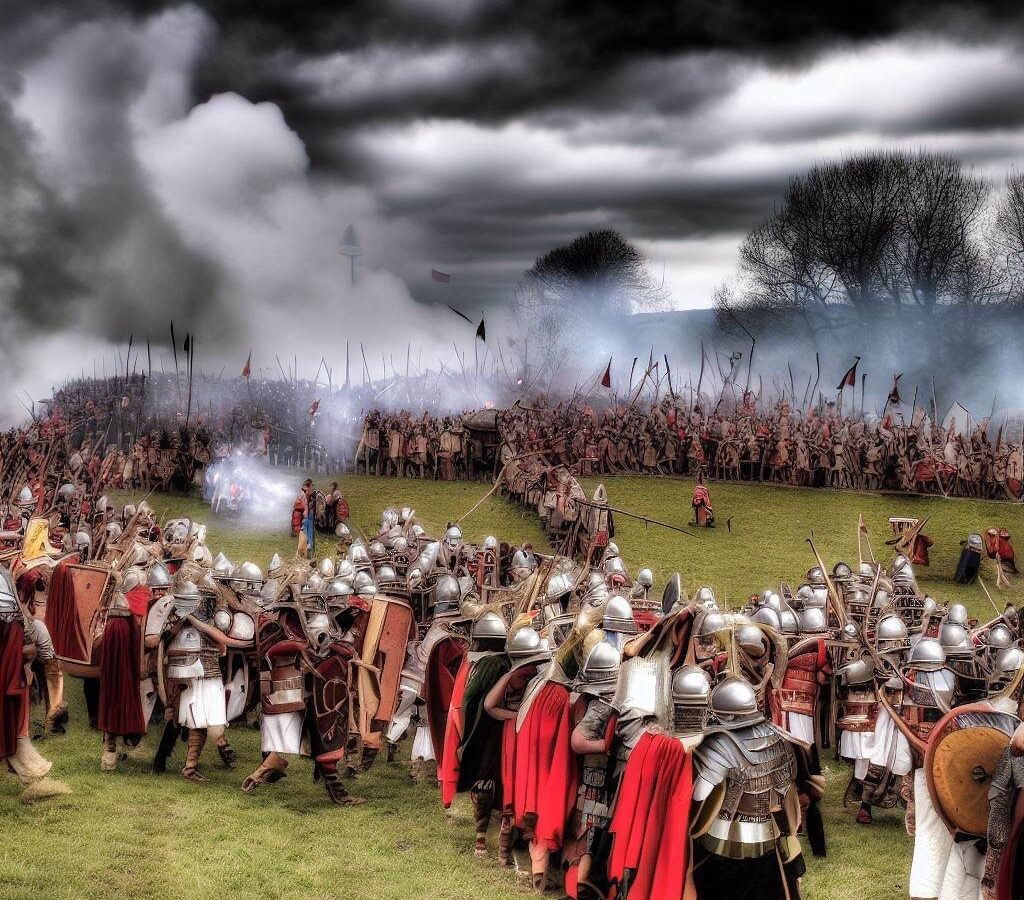The story of the Roman invasion of Britain holds a captivating allure, unraveling an epic saga of military might, cultural transformation, and historical influence. Let us dive into the depths of this remarkable period to better understand its significance, unfolding events, and enduring impact on the world. Along the way, we’ll address some commonly asked questions and uncover hidden nuances that enrich our perspective on this pivotal juncture.
The Initial Campaigns
It was not a single strike, but rather a series of offensives that brought Britain under Roman control. To answer how many times Rome invaded, we must acknowledge the staged nature of their campaign. The first recorded incursion began in 43 AD on the orders of Emperor Claudius, marking the start of Roman governance. However, rebellion was never far behind, such as Boudicca’s revolt in 60-61 AD that shook the newcomers. Constant readjustment followed as politicians like Agricola expanded influence throughout the late 1st century.
Life Under Roman Rule
Rome’s occupancy endured for nearly four centuries, their flag flying high from 43 to around 410 AD. In these early years, they concentrated efforts in the south before pushing ever northward. Forts, roads and settlements took shape as Roman ways permeated local society. This period saw stability, trade and advancement blossom across the former frontier. Yet all empires face challenges, and by the 5th century pressure mounted as forces pulled back from outlying domains to defend the empire’s core.
Motivations for Conquest
To fathom why Rome first crossed the channel, we must scrutinize the motivations driving their expansionist policies. No doubt resources like metals factored into calculations, bolstering industry and infrastructure. Military glory also beckoned, elevating emperors and expanding dominion. Additionally, restoring order proved a political boon for the unstable Claudius. Guarding trade routes linking Britain to markets abroad rounded out tactical rationales for the daring expedition.
Tools of the Trade
Roman methods enlisted brute strength, discipline and advanced weaponry against native opposition. However, they coupled martial prowess with diplomatic cunning, seeking alliances to weaken foes. Infrastructure too supported governance as roads, forts and Hadrian’s Wall cemented control. While early setbacks arose, the Romans displayed perseverance to eventually establish full supremacy through varied means.
An Enduring Legacy
The Roman imprint endures in Britain even today through persisting architecture, place names and cultural norms. Their conquest kickstarted profound transformation, integrating the island into a vast economic and political network. Though their presence ultimately concluded, Roman Britain stands as a landmark period shaping the country’s subsequent path. In unraveling this historical knot, we gain fresh insight into an epic chapter that still reverberates across the centuries.
- “Roman Britain” – https://en.wikipedia.org/wiki/Roman_Britain

Originally posted 2023-09-07 17:53:11.





There is 1 comment
Comments are closed.